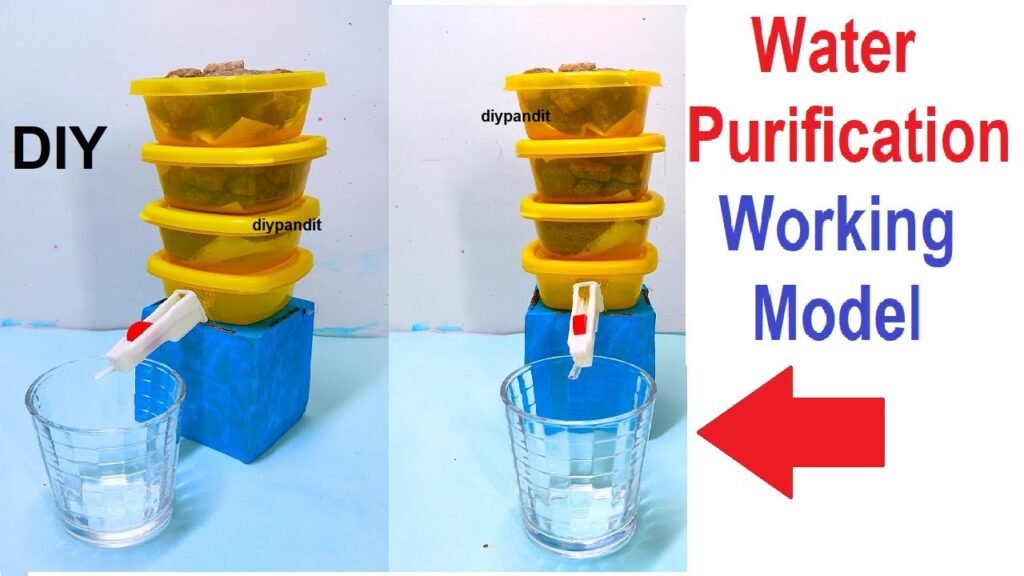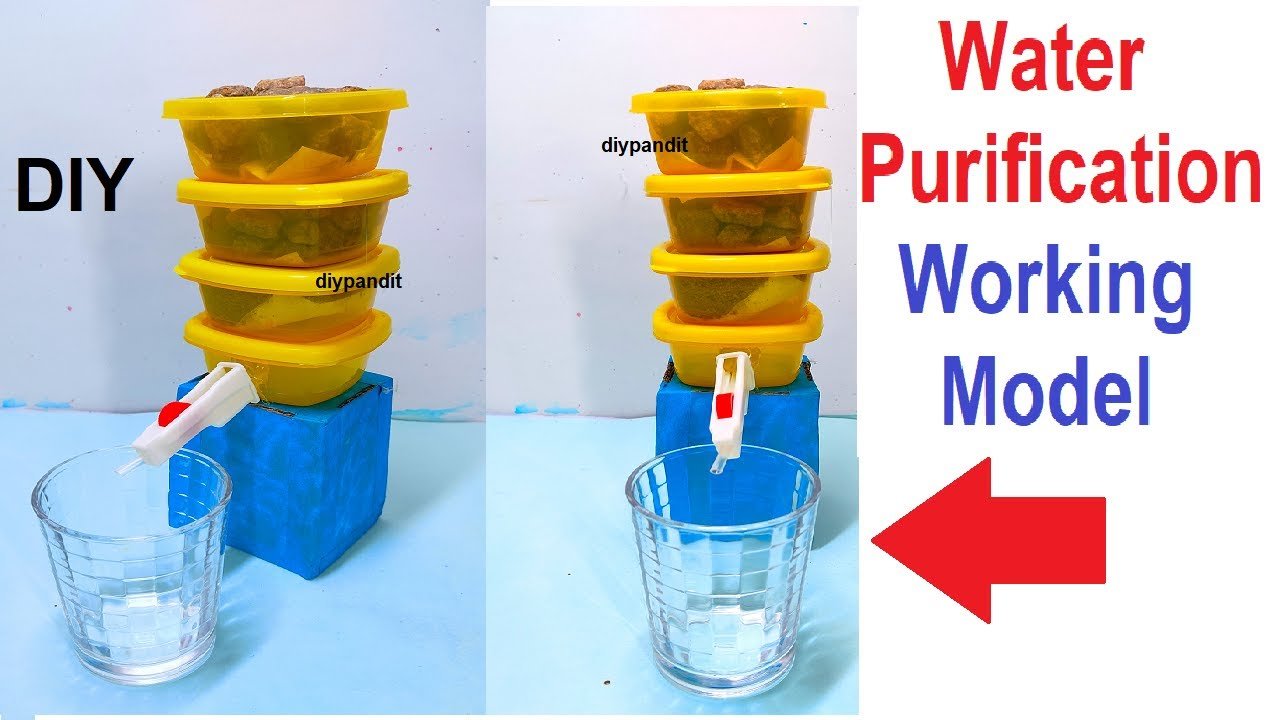A sand and gravel filter, also known as a multimedia filter, is an effective method of water purification that uses different layers of materials to remove impurities from water. Here’s how it works:
1. Coarse Gravel Layer: At the bottom of the filter, there is a layer of coarse gravel. This layer serves as the support and provides space for water to flow evenly through the filter. It prevents clogging and allows for efficient distribution of water.
2. Fine Gravel Layer: Above the coarse gravel layer is a layer of finer gravel. This layer helps in further filtering out larger particles and sediments from the water.
3. Sand Layer: The sand layer is placed on top of the fine gravel. Sand is an excellent medium for removing smaller particles and impurities from the water. It acts as a physical barrier that traps suspended particles.
4. Filtration Process: As water flows through the layers of gravel and sand, the larger particles get trapped in the lower layers, and smaller particles are trapped in the sand layer. The filtration process occurs due to physical mechanisms such as sedimentation, straining, and adsorption.
5. Removal of Impurities: The sand and gravel filter effectively removes suspended solids, sediments, debris, and even some bacteria and microorganisms present in the water. This process improves the clarity and quality of the water.
6. Backwashing: Over time, the sand and gravel layers can become clogged with accumulated particles. To maintain the efficiency of the filter, a process called backwashing is performed. Backwashing involves reversing the flow of water through the filter to dislodge and flush out trapped particles.
Creating a water purifier filter working model using plastic boxes, a drip tap, and a pipe is a simple way to demonstrate the basic concept of water filtration.

Here’s how you can build this model:
Materials You’ll Need:
- 4 small plastic boxes (for filtration stages)
- Drip tap or small valve
- Plastic pipe or tubing
- Water source (container of water)
- Craft knife or scissors
- Hot glue gun and glue sticks
- Craft supplies for decoration (markers, stickers, etc.)
Steps to Build the Model:
- Prepare the Base:
- Use a sturdy surface as the base for your model.
- Set Up the Filtration Stages:
- Line up the plastic boxes on the base to represent the filtration stages.
- Stack them in a way that water will flow from one to the next.
- Create Inlet and Outlet:
- Cut holes in the boxes to create an inlet (where water enters) and an outlet (where filtered water exits).
- Connect the boxes in a sequence using these openings.
- Install the Drip Tap:
- Attach the drip tap or valve to the outlet of the last box.
- This will allow you to control the flow of filtered water.
- Attach the Pipe:
- Attach the plastic pipe or tubing to the outlet of the last box.
- Ensure the other end of the pipe is positioned over a container to collect the filtered water.
- Model Interaction:
- Fill the first box with water to initiate the filtration process.
- Open the drip tap to allow water to flow through the boxes and pipe, simulating the filtration process.
- Decoration:
- Decorate the model with craft supplies to make it visually appealing and informative.
This model provides a simplified representation of a water purification process, demonstrating how water passes through multiple stages of filtration before being collected as filtered water. It’s a hands-on way to learn about the importance of clean and safe drinking water and the basic principles of water purification.
water purifier questions asked in science exhibition with answers
Question 1: How does a water purifier work to make water safe for drinking?
Answer: A water purifier uses various filtration and treatment methods to remove impurities, contaminants, and microorganisms from water, ensuring it meets safe drinking standards.
Question 2: What are the common stages of purification in a water purifier?
Answer: A water purifier typically includes stages such as sediment filtration, activated carbon filtration, membrane filtration (e.g., reverse osmosis), and disinfection (e.g., UV treatment).
Question 3: How does activated carbon filtration work in a water purifier?
Answer: Activated carbon absorbs impurities like chlorine, organic compounds, and bad odors from water. The porous structure of activated carbon provides a large surface area for adsorption.
Question 4: What is the role of reverse osmosis in a water purifier?
Answer: Reverse osmosis uses a semi-permeable membrane to remove dissolved salts, heavy metals, bacteria, viruses, and other contaminants from water, producing purified water.
Question 5: How does UV treatment disinfect water in a purifier?
Answer: UV treatment exposes water to ultraviolet light, which deactivates microorganisms like bacteria and viruses by disrupting their DNA, rendering them harmless.
Question 6: Are there any disadvantages to using a water purifier?
Answer: While water purifiers provide safe drinking water, some systems may waste water during the purification process or require regular maintenance to ensure optimal performance.
Question 7: Can water purifiers remove all types of impurities?
Answer: Water purifiers are effective in removing a wide range of impurities, including sediments, chemicals, microbes, and dissolved substances. However, the specific purification process depends on the type of purifier.
Question 8: How does a sand and gravel filter contribute to water purification?
Answer: A sand and gravel filter removes suspended solids and larger particles from water through sedimentation and filtration. It’s often used as a pre-treatment step in larger purification systems.
Question 10: How can water purifiers benefit communities and individuals?
Answer: Water purifiers provide access to clean and safe drinking water, reducing the risk of waterborne diseases and improving overall health and well-being.
Question 11: Are there eco-friendly options for water purification?
Answer: Yes, some purifiers use natural methods like ceramic filters or activated carbon made from sustainable sources, reducing the environmental impact of water treatment.

